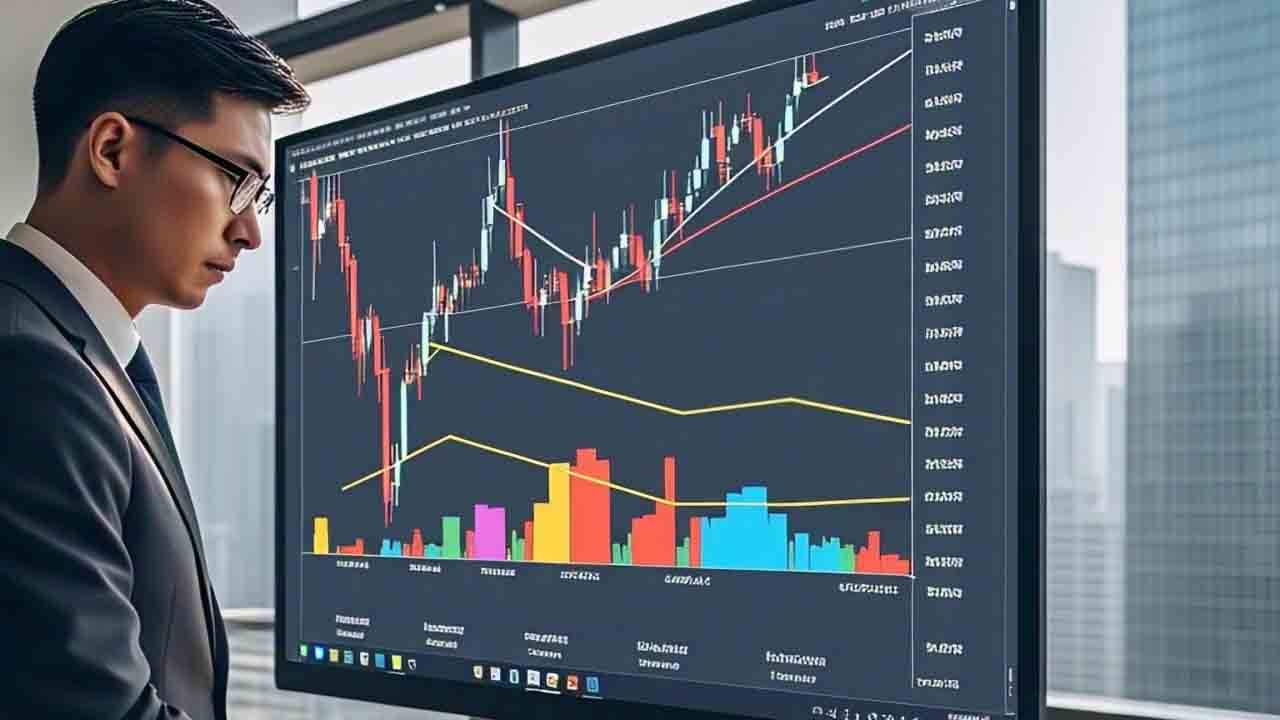
Arcadiadaily – China’s economy struggles as escalating trade tensions with the United States push the country’s growth prospects into uncertain territory. Global investment banks have downgraded China’s GDP growth forecast for 2025, citing the adverse effects of a prolonged trade war. With tariffs on Chinese goods increasing, especially the U.S. implementation of a 145% tariff on a range of Chinese exports, economic analysts predict significant consequences for the world’s second-largest economy.
China’s economy struggles under the weight of these trade policies. Which are expected to cause a 2% reduction in GDP, according to UBS. The significant tariff hikes have already led to a marked decline in Chinese exports to the United States. Which has been one of China’s key international markets. The tariff increases threaten to decimate entire industries, particularly in manufacturing and technology, where China has long held a dominant global position.
The escalating trade tensions have also prompted concerns regarding the broader economic environment. Goldman Sachs forecasts that as many as 20 million Chinese workers could be impacted by the reduced demand for Chinese-made goods in the U.S. labor markets. These figures highlight the potential depth of the economic struggle that China is facing as a result of trade policies that show little sign of easing in the near future.
“Choosing the Right Diesel Car: A Beginner’s Guide”
In an effort to counterbalance the economic slowdown. China’s government is expected to roll out a series of domestic stimulus measures aimed at stabilizing the economy. Economic experts suggest that this could involve monetary policy adjustments such as rate cuts and increased funding for struggling sectors. These measures would attempt to boost domestic consumption, offsetting the reduced demand from overseas markets.
Despite these efforts, there are questions about the long-term effectiveness of such measures. Particularly if the trade war continues to escalate. The Chinese economy, which has already been slowing in recent years. Faces the challenge of transitioning away from export dependency while simultaneously managing the internal demand needed to maintain growth.
As China’s economy struggles, the outlook remains unclear. While the government’s stimulus efforts may offer short-term relief, the ongoing trade tensions with the U.S. present significant risks. The global economic environment, now more volatile than ever, only adds to the uncertainty that Chinese businesses and workers face.
China’s economy struggles as it navigates the increasingly complex landscape shaped by the U.S.-China trade war. How China adapts to these challenges will be a critical factor in determining whether. It can continue to grow at the rates it has enjoyed in the past. Until then, the global community will closely monitor how the economic balance shifts. And whether China can weather this storm without sacrificing its long-term development goals.
“Writing Without Filters: The Rise of Raw Expression”
